Murviel-lès-Béziers
Origin of the Name
The name "Murviel" derives from the Latin Muro vetulo (first recorded in 1039), meaning "old walls" (les vieux murs). This refers to the ancient fortifications that once surrounded the settlement. The Occitan name is Murvièlh.
Ancient and Medieval History
Strategic Settlement:
Murviel-lès-Béziers was initially settled due to its strategic location, which controlled the outlet of the Orb River onto the Béziers plain and the ancient road linking Béziers to Cahors (connecting the sea and mountains).
Roman Era:
The Romans built a castrum (fortified military camp) here to oversee this vital route. The area later developed economically under Roman influence.
Medieval Fortifications:
During feudal times, the lords of Murviel fortified the hill with ramparts enclosing four hectares. These walls provided protection from wars, banditry, and epidemics until the 19th century. The village grew into a circulade—a unique Languedoc medieval defensive layout where streets spiral around a central fortress
The name "Murviel" derives from the Latin Muro vetulo (first recorded in 1039), meaning "old walls" (les vieux murs). This refers to the ancient fortifications that once surrounded the settlement. The Occitan name is Murvièlh.
Ancient and Medieval History
Strategic Settlement:
Murviel-lès-Béziers was initially settled due to its strategic location, which controlled the outlet of the Orb River onto the Béziers plain and the ancient road linking Béziers to Cahors (connecting the sea and mountains).
Roman Era:
The Romans built a castrum (fortified military camp) here to oversee this vital route. The area later developed economically under Roman influence.
Medieval Fortifications:
During feudal times, the lords of Murviel fortified the hill with ramparts enclosing four hectares. These walls provided protection from wars, banditry, and epidemics until the 19th century. The village grew into a circulade—a unique Languedoc medieval defensive layout where streets spiral around a central fortress
Fun Fact
The Village Comes Alive with Life-Size Dolls During Summer!
One of the most unique and charming traditions in Murviel-lès-Béziers is the annual display of Les Petetas (life-size dolls) during July and August. These dolls are handmade from rags and corn husks, celebrating the local corn and grape harvests, which have long been vital to the village's economy. Placed on the streets and in windows, these colorful figures add a playful and festive atmosphere to the medieval circulade village, delighting both residents and visitors alike
One of the most unique and charming traditions in Murviel-lès-Béziers is the annual display of Les Petetas (life-size dolls) during July and August. These dolls are handmade from rags and corn husks, celebrating the local corn and grape harvests, which have long been vital to the village's economy. Placed on the streets and in windows, these colorful figures add a playful and festive atmosphere to the medieval circulade village, delighting both residents and visitors alike
Images
Click on any image for enlarged image and navigation views.
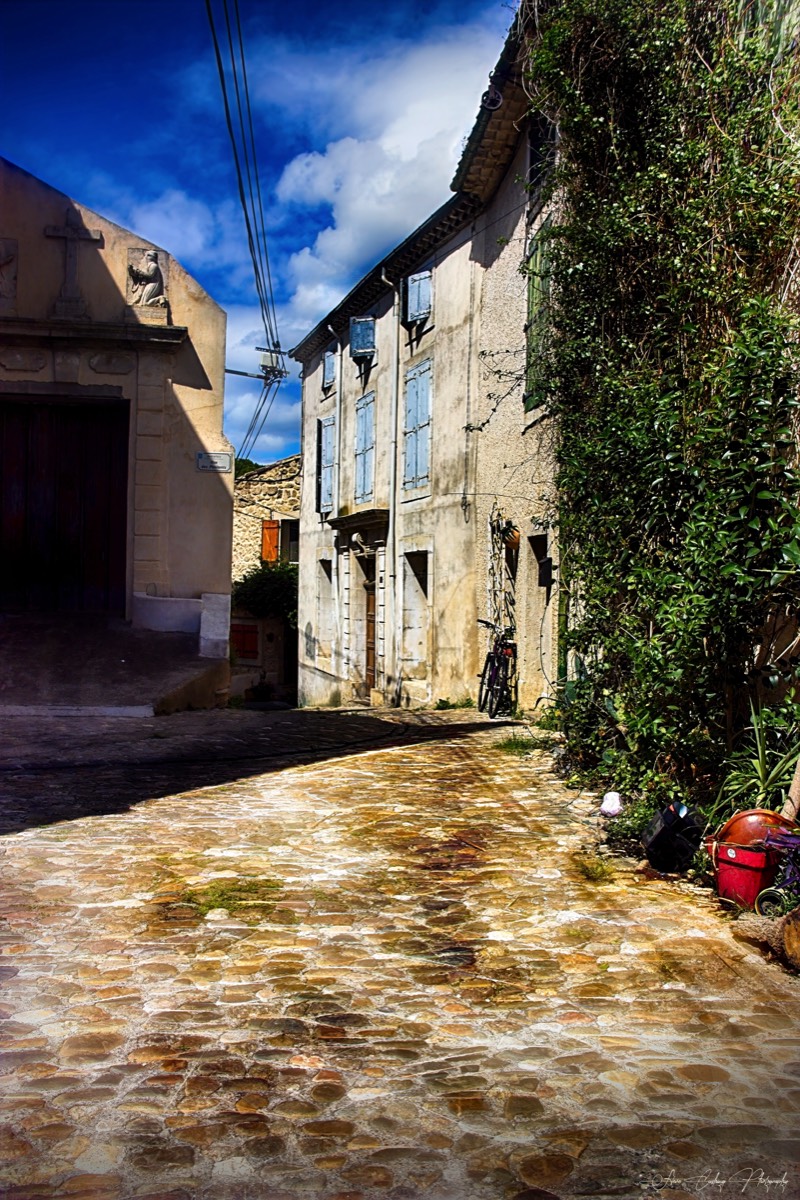
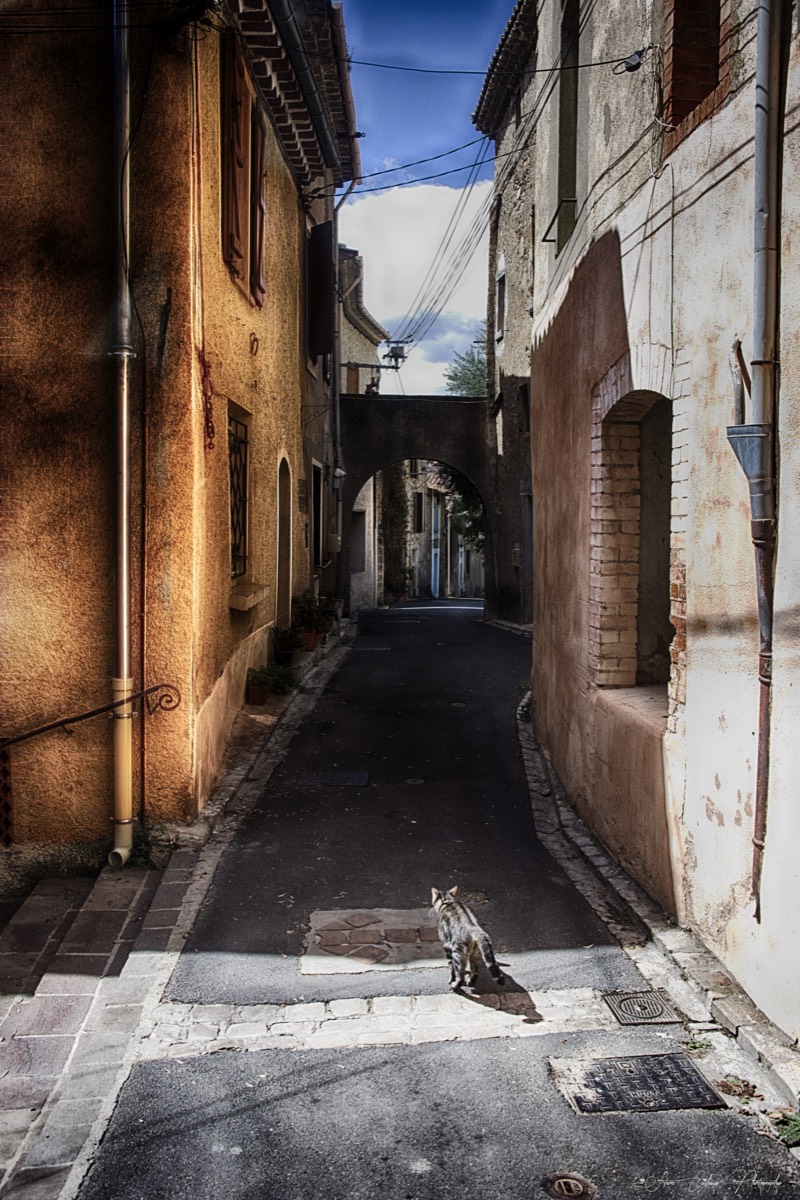
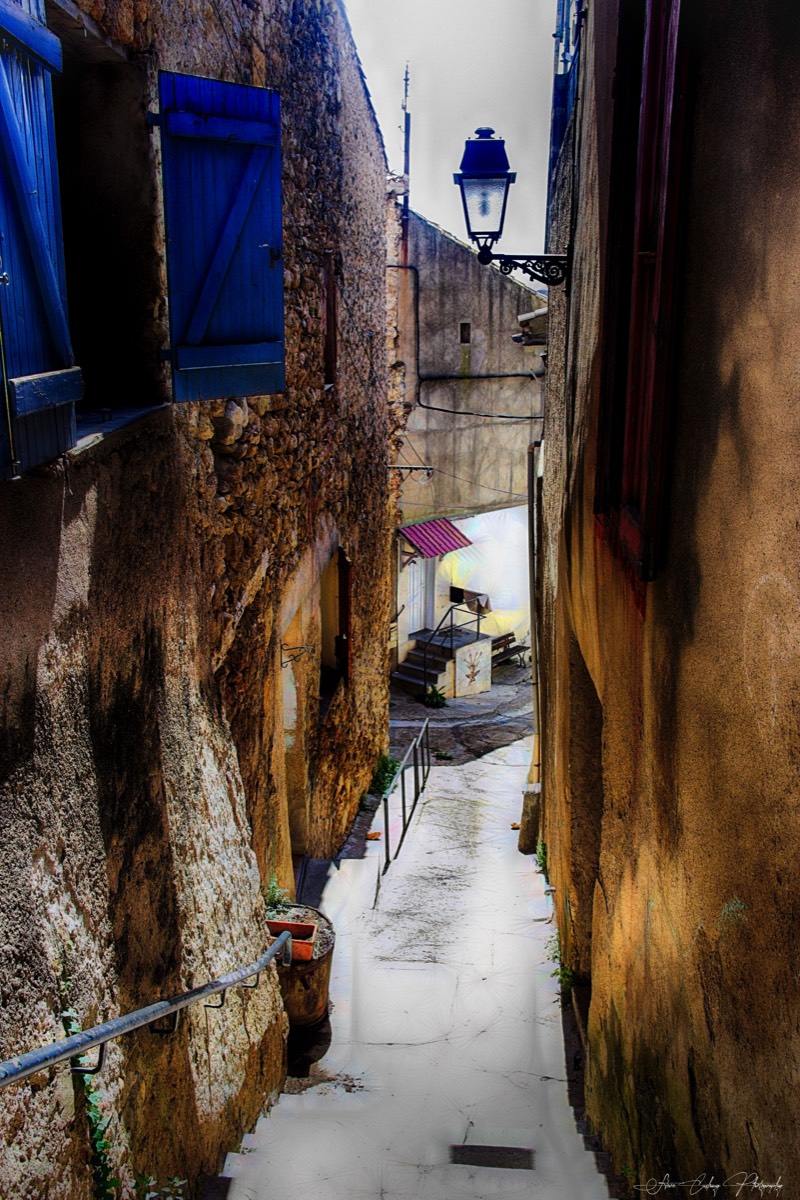
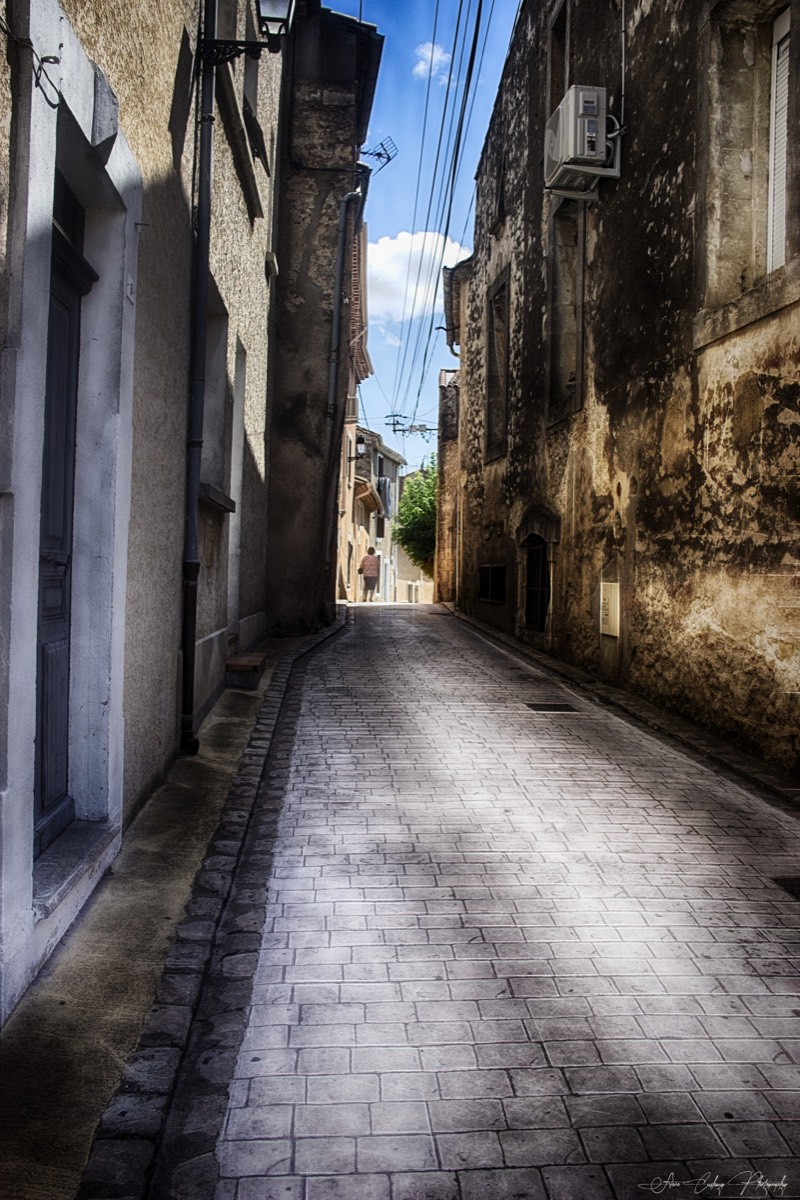
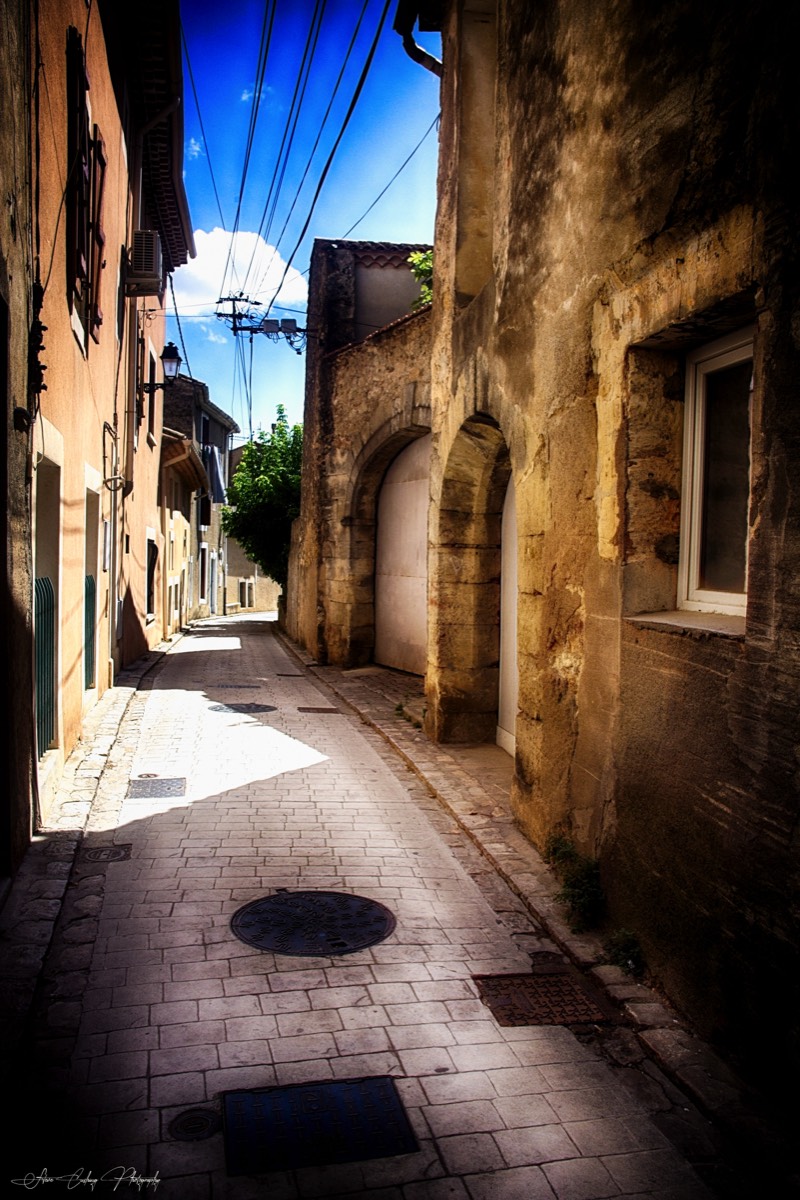
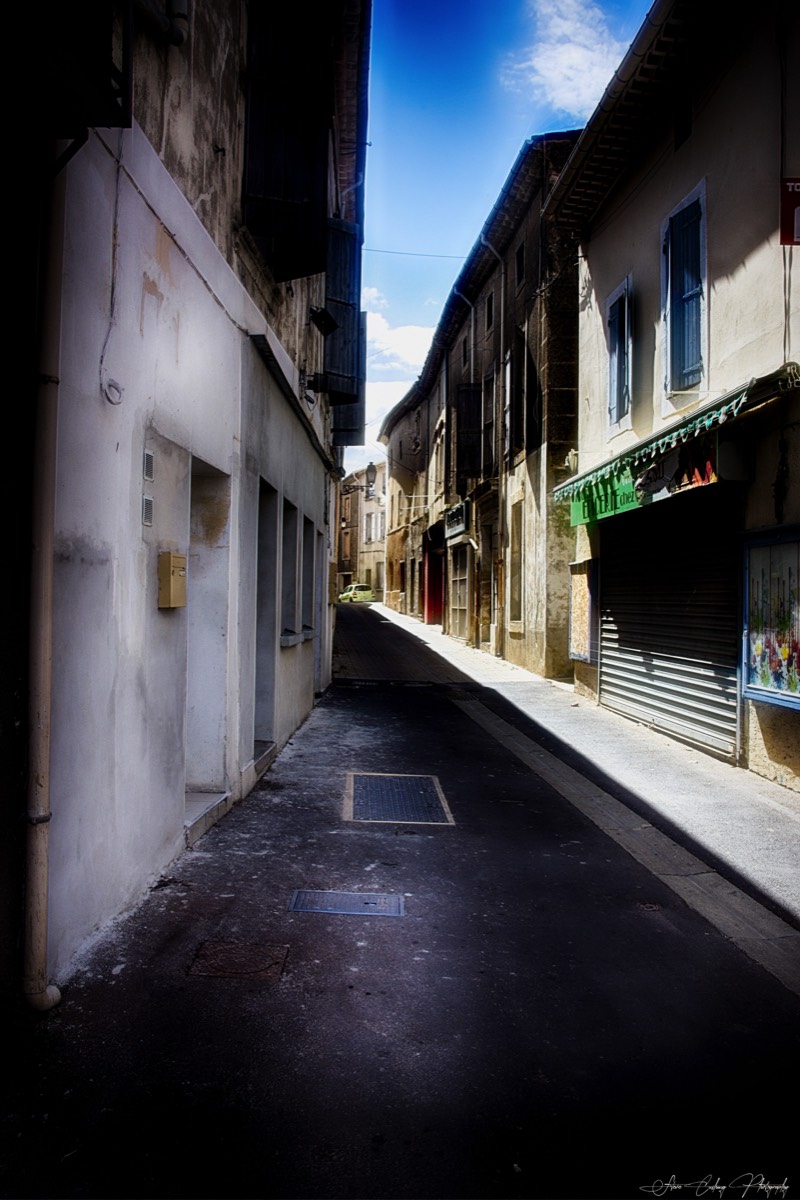
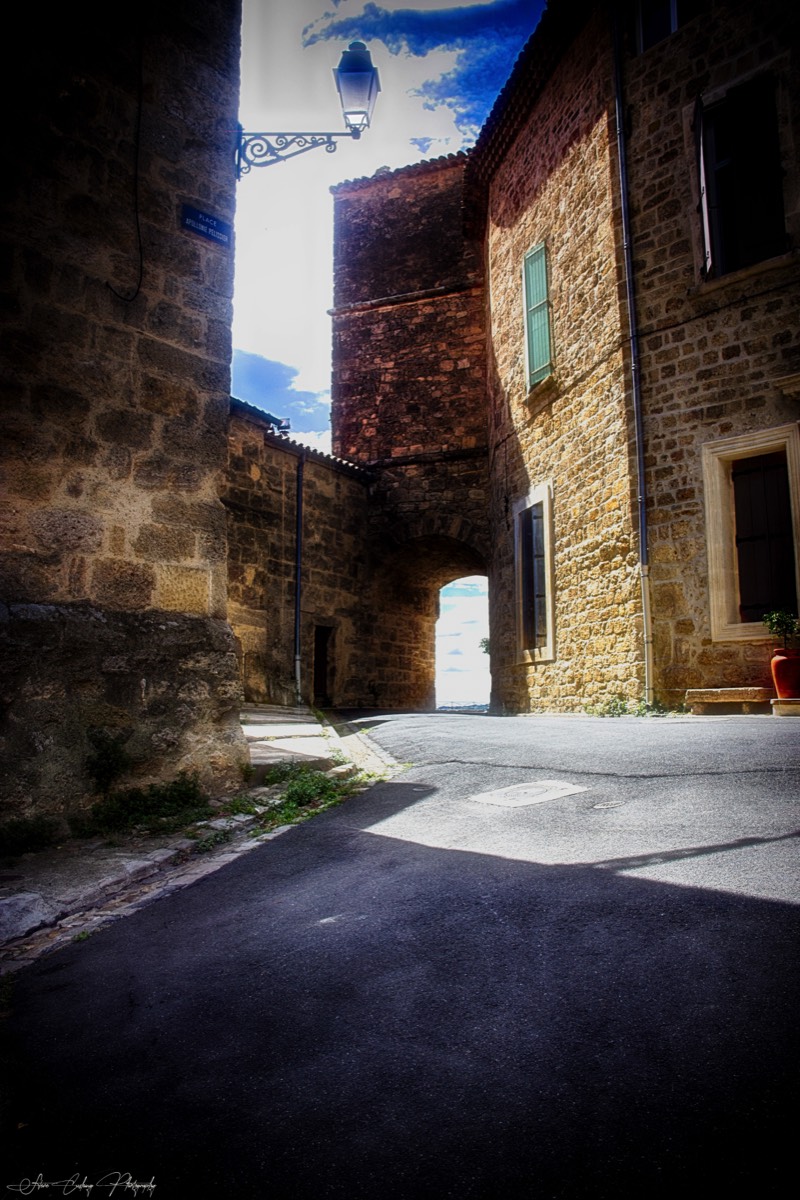
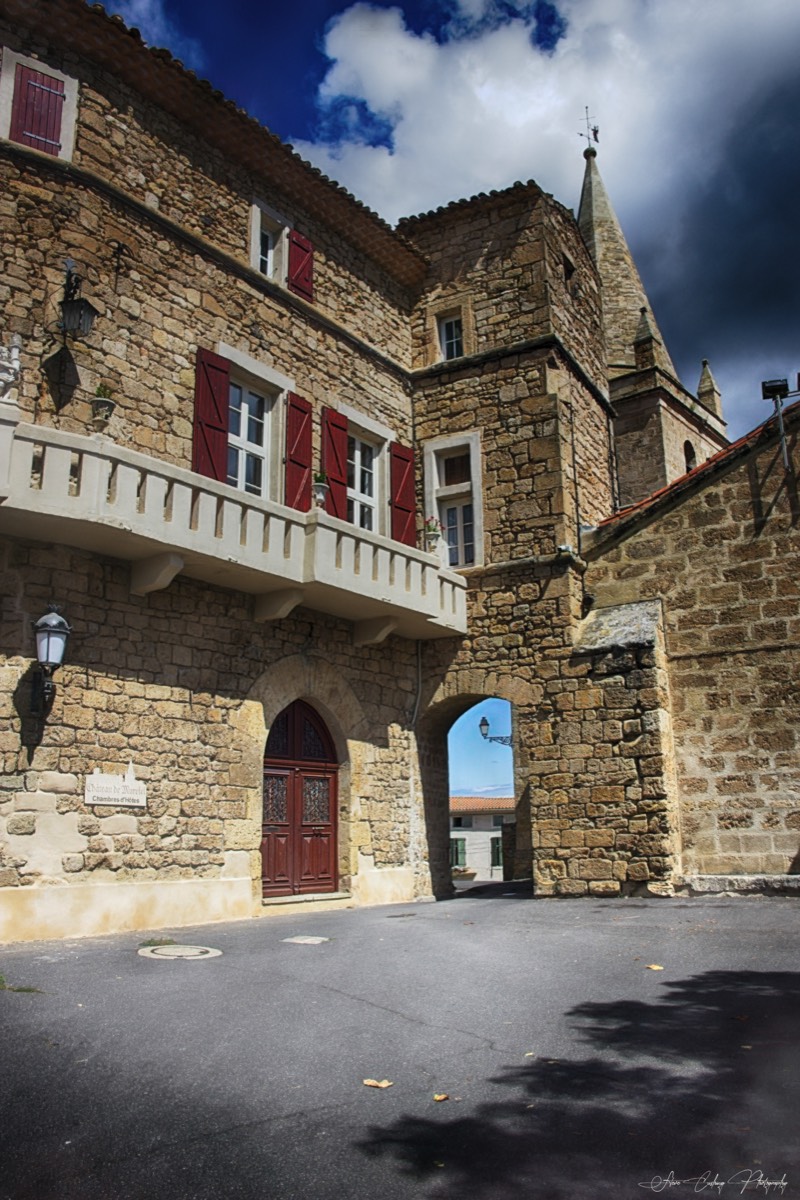
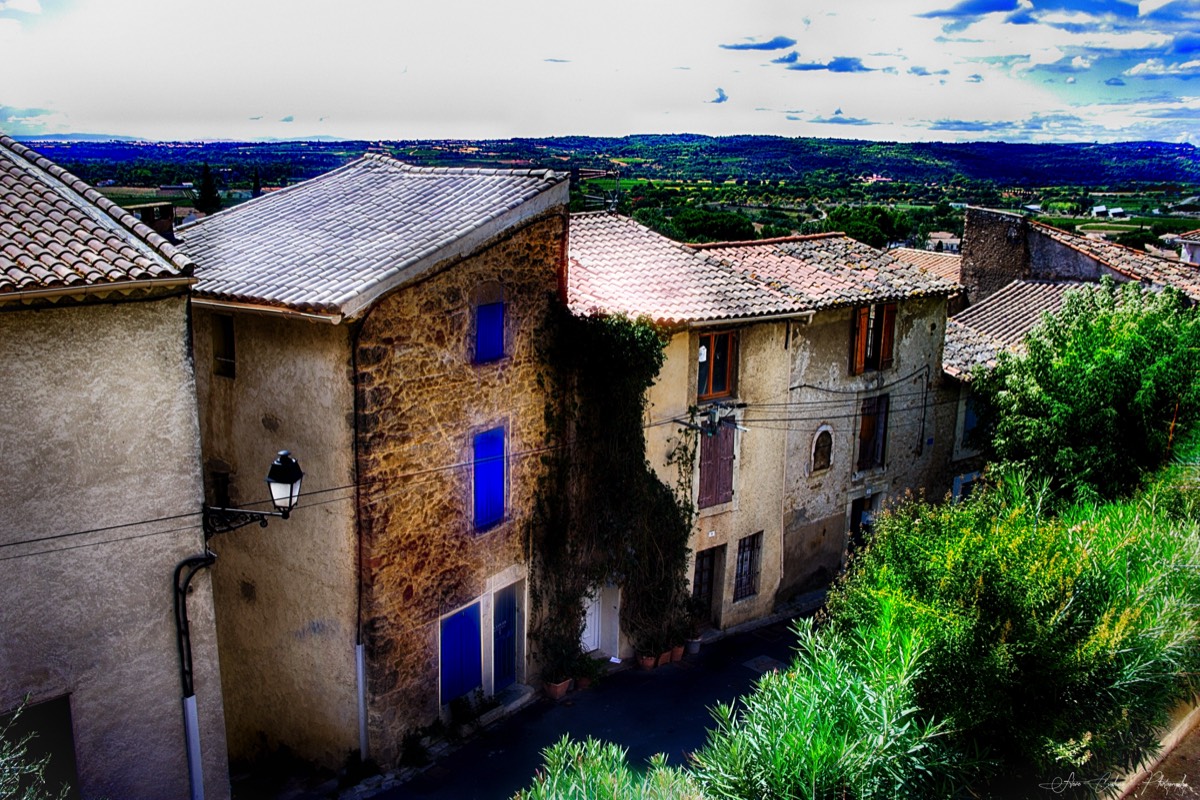
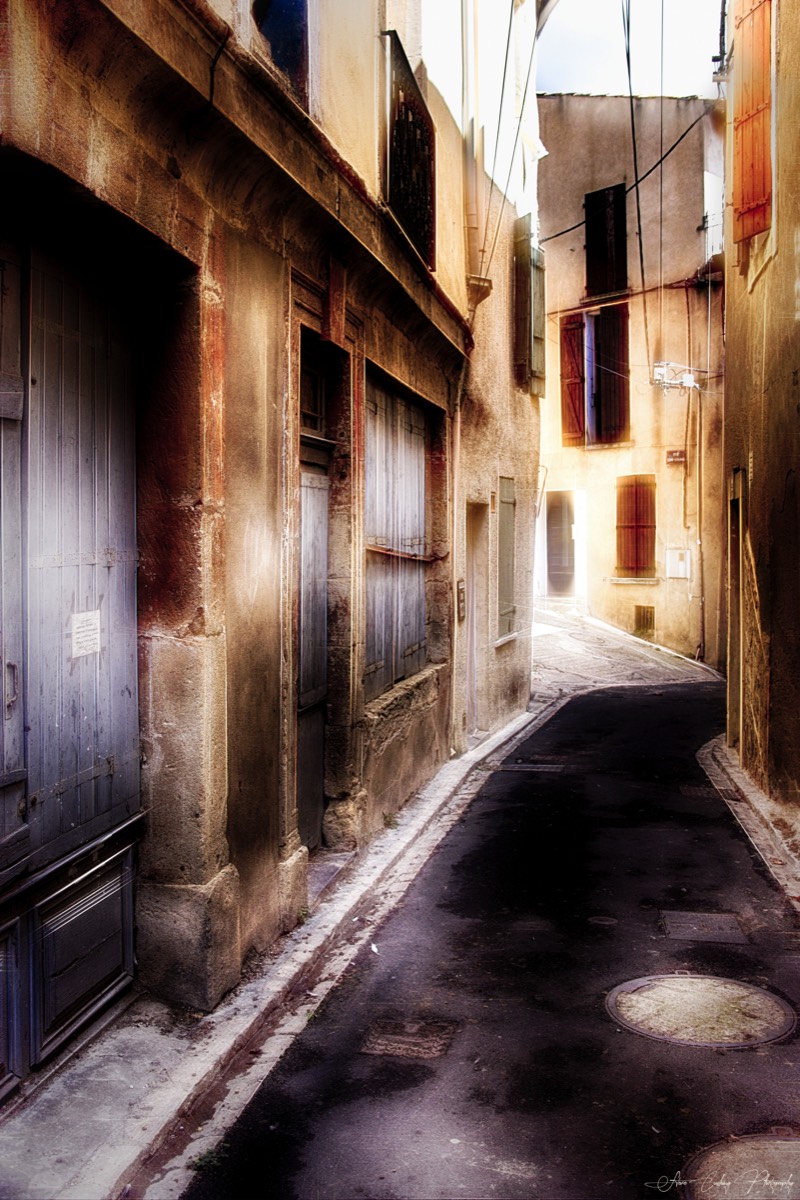
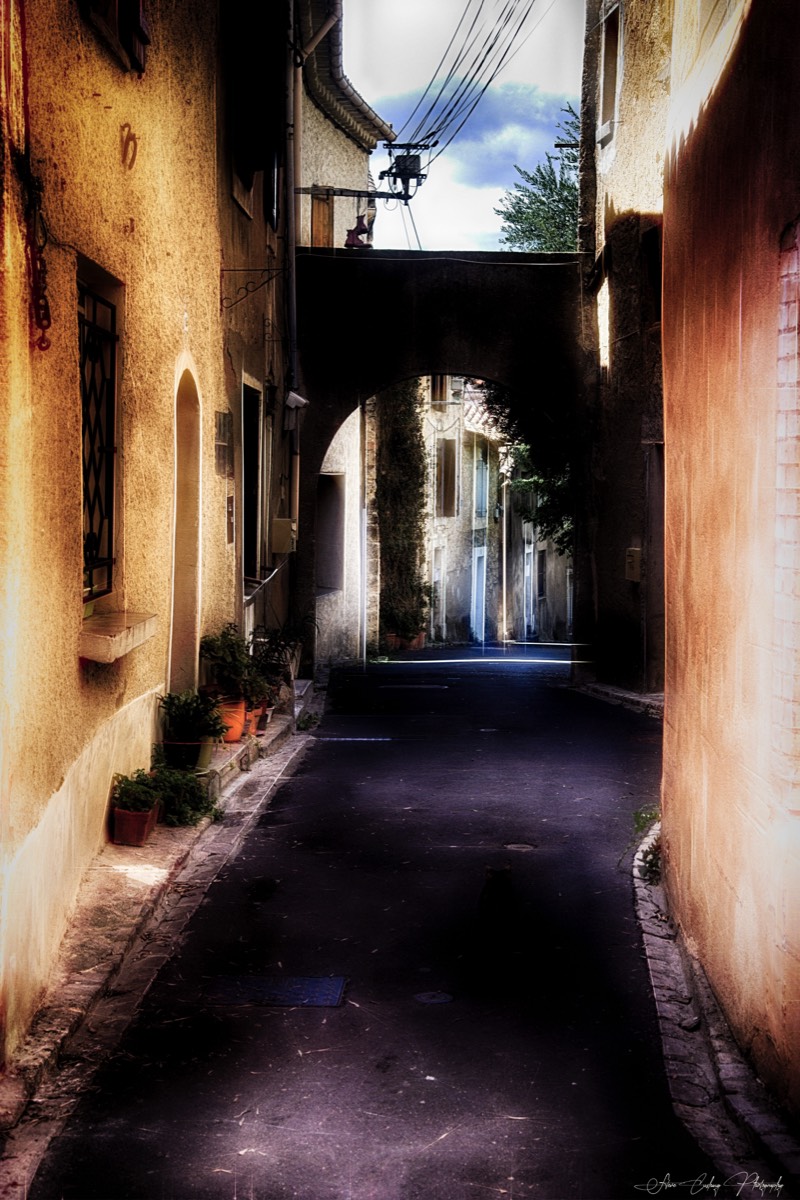
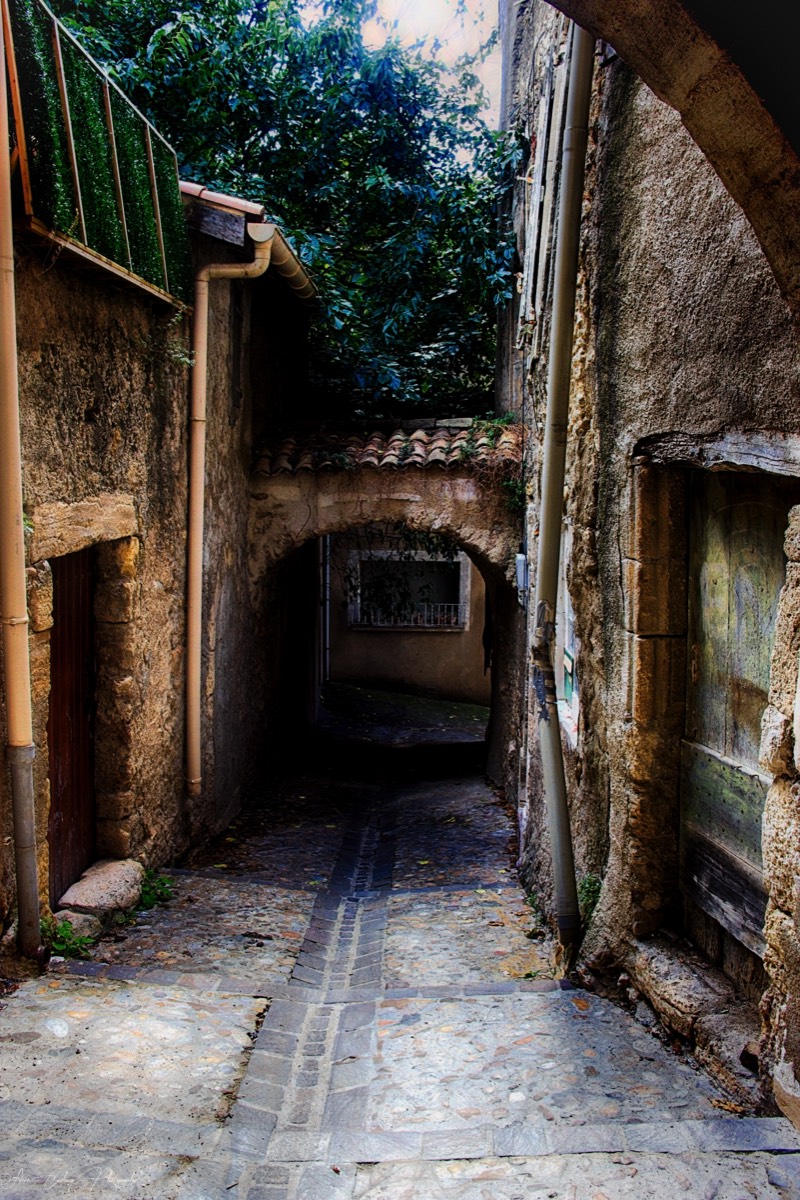
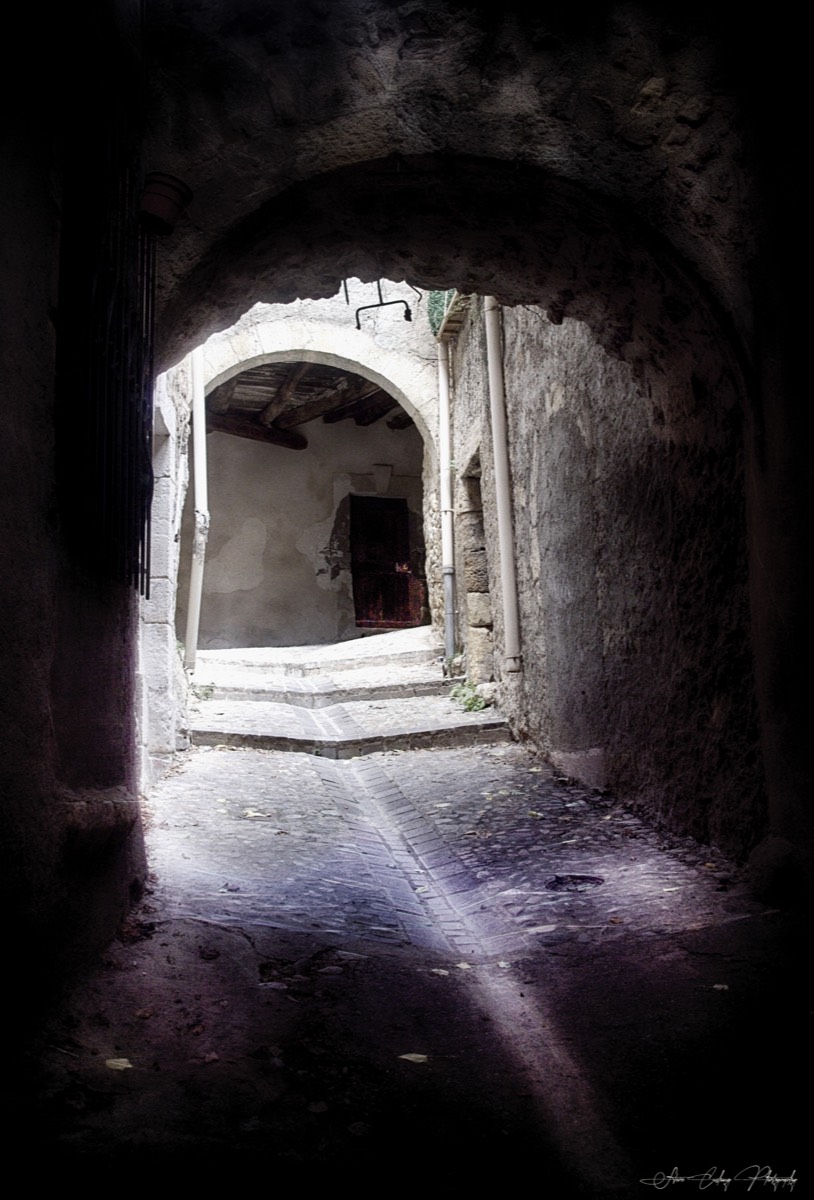
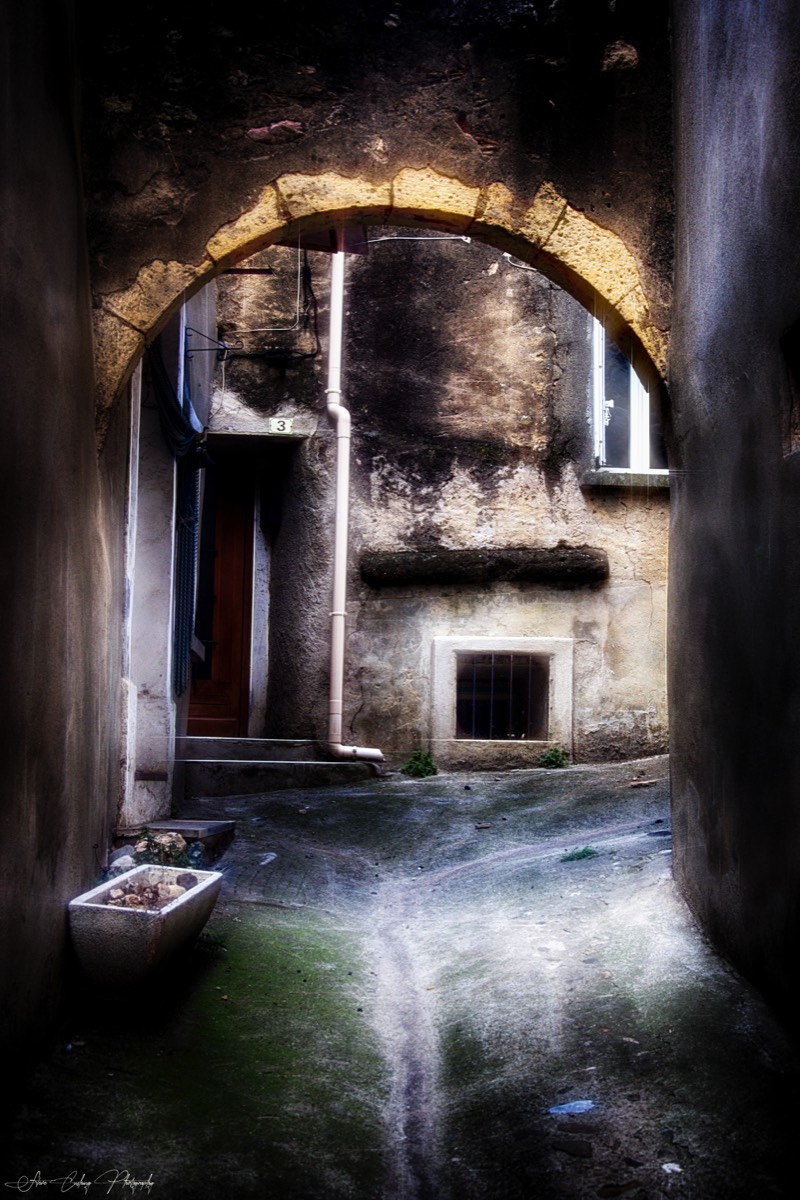
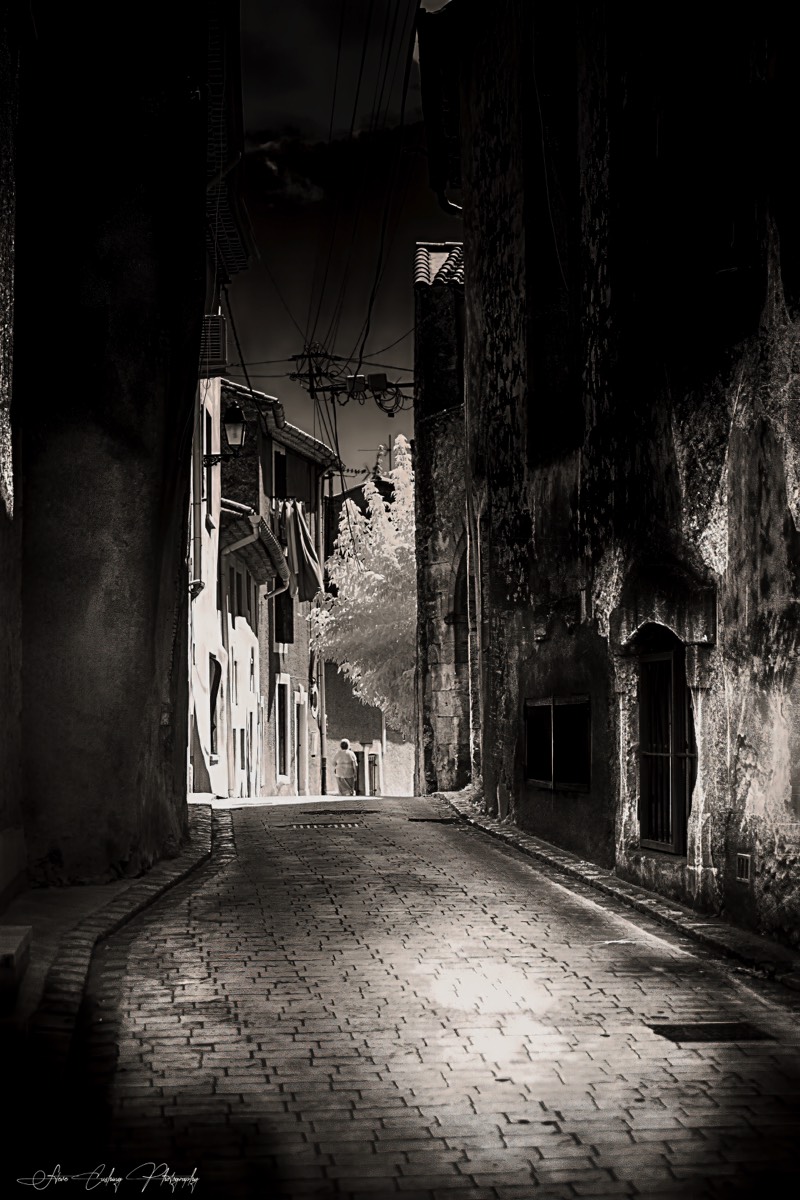
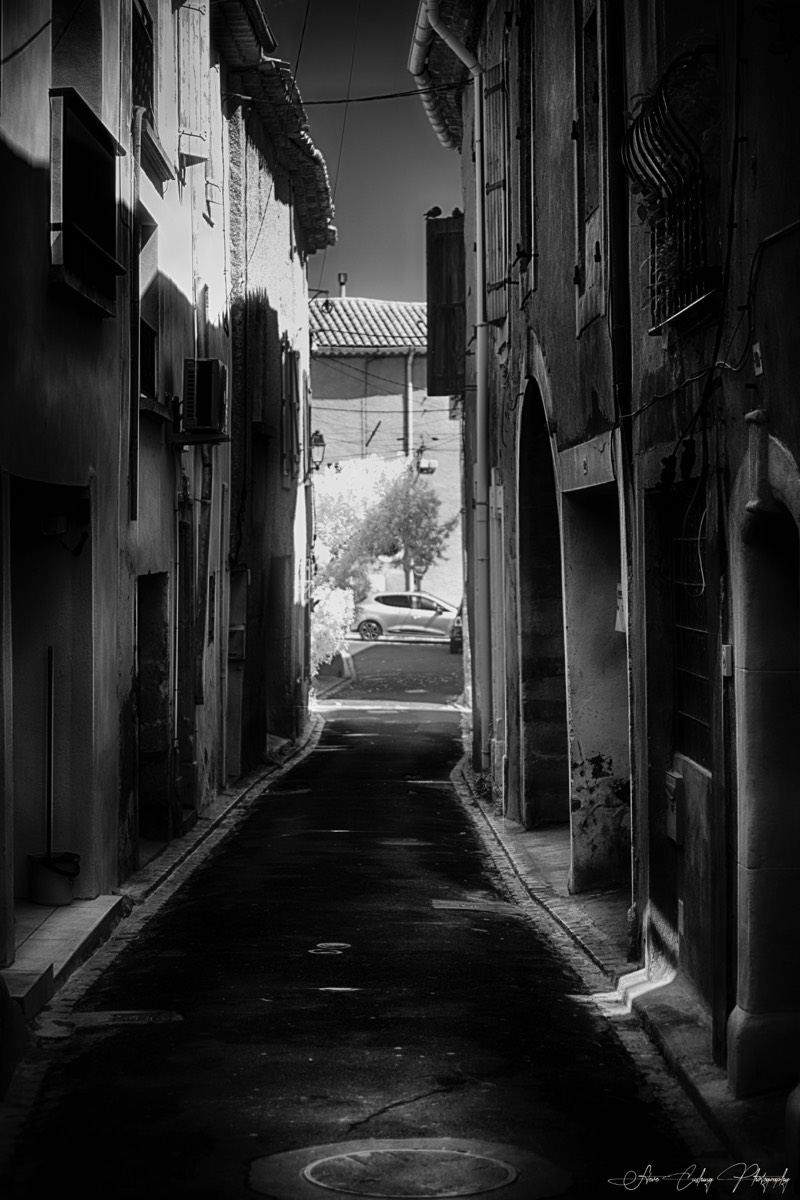
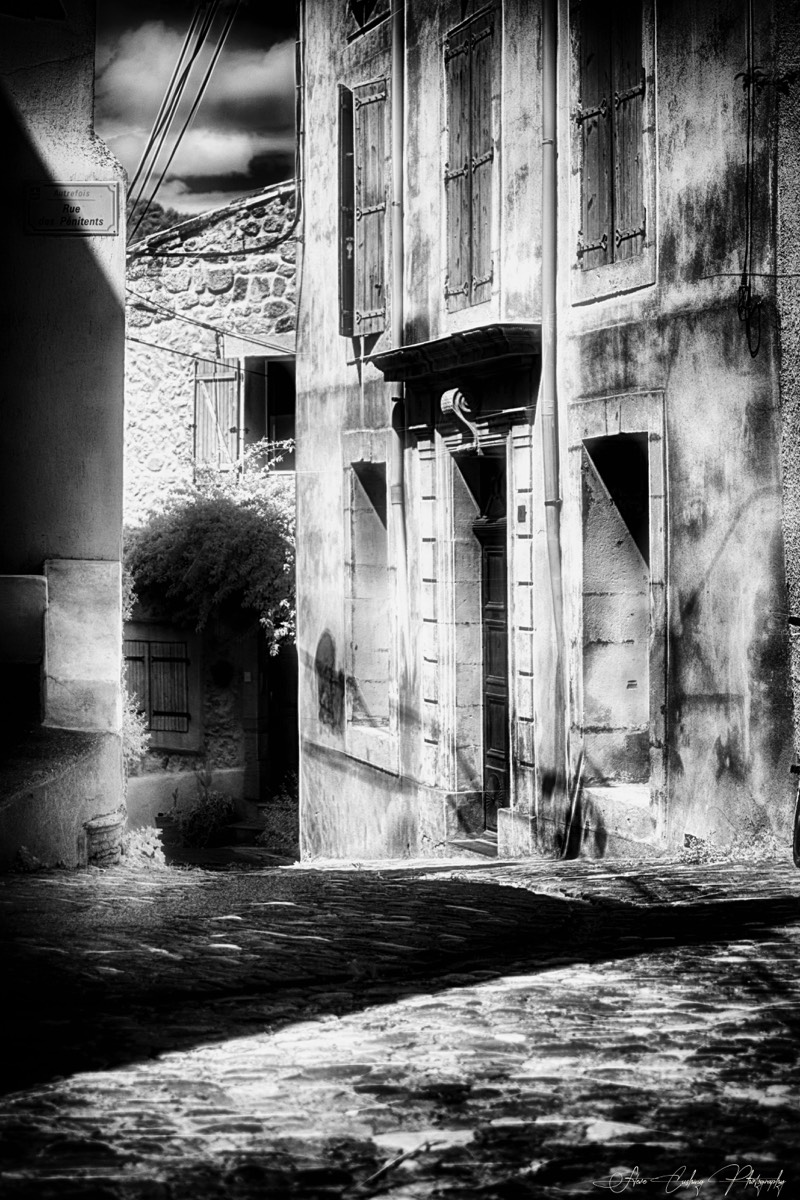
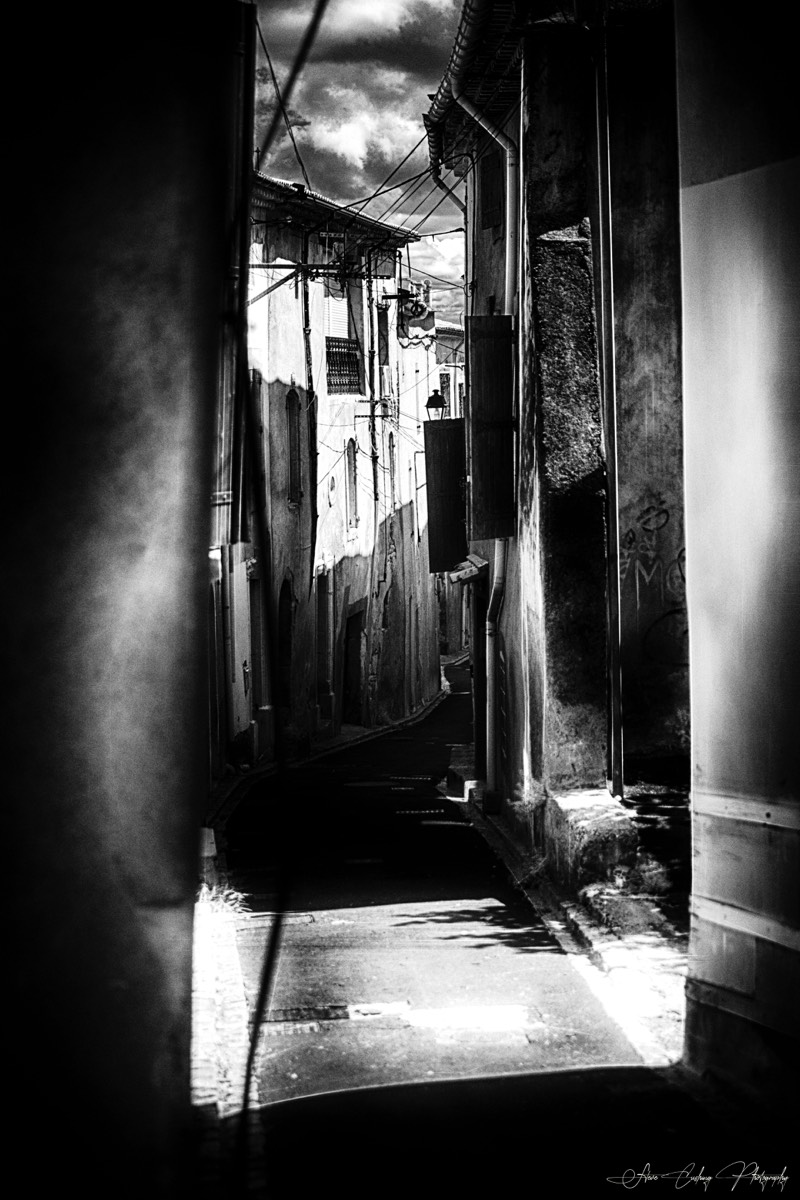
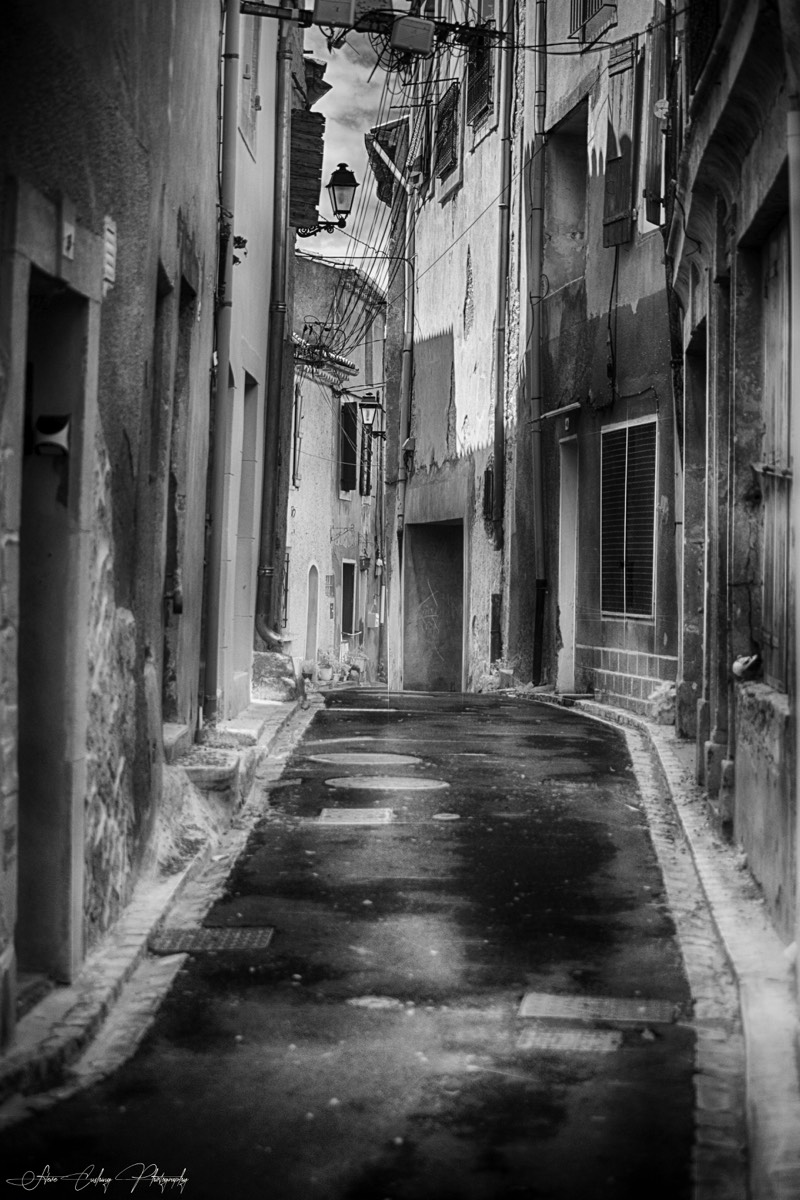
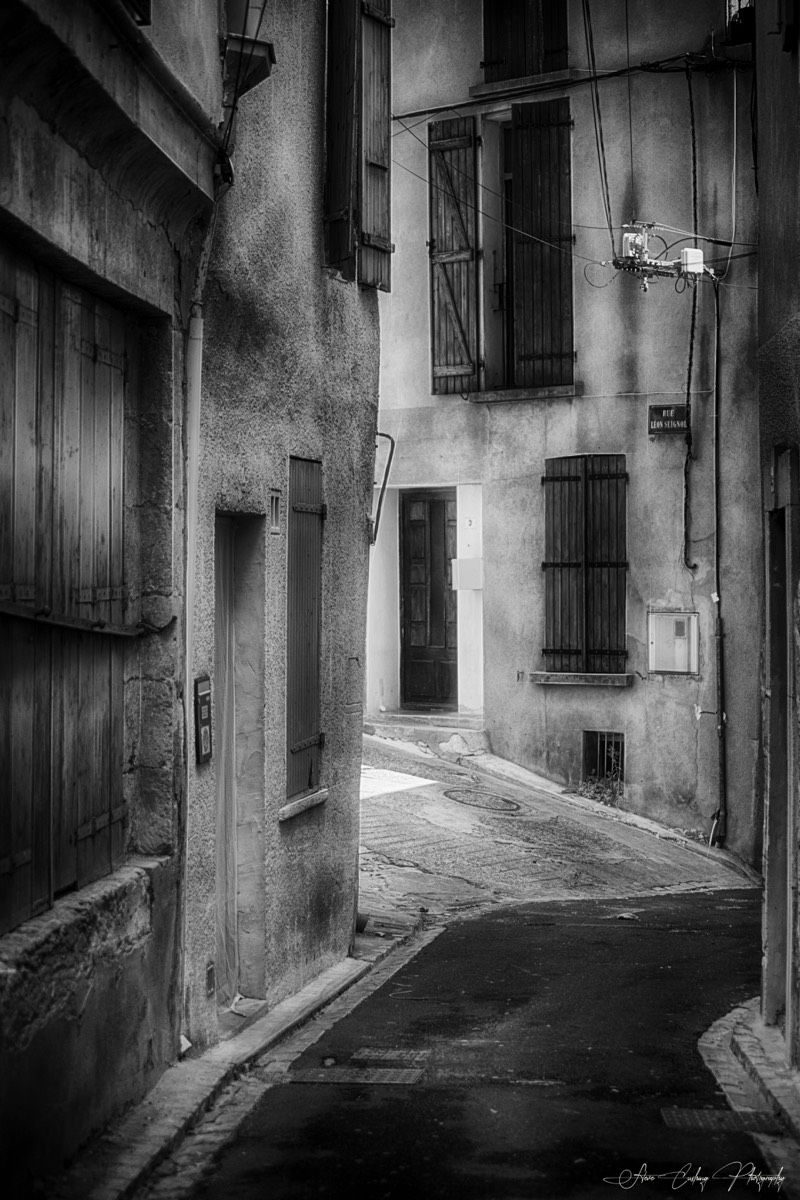
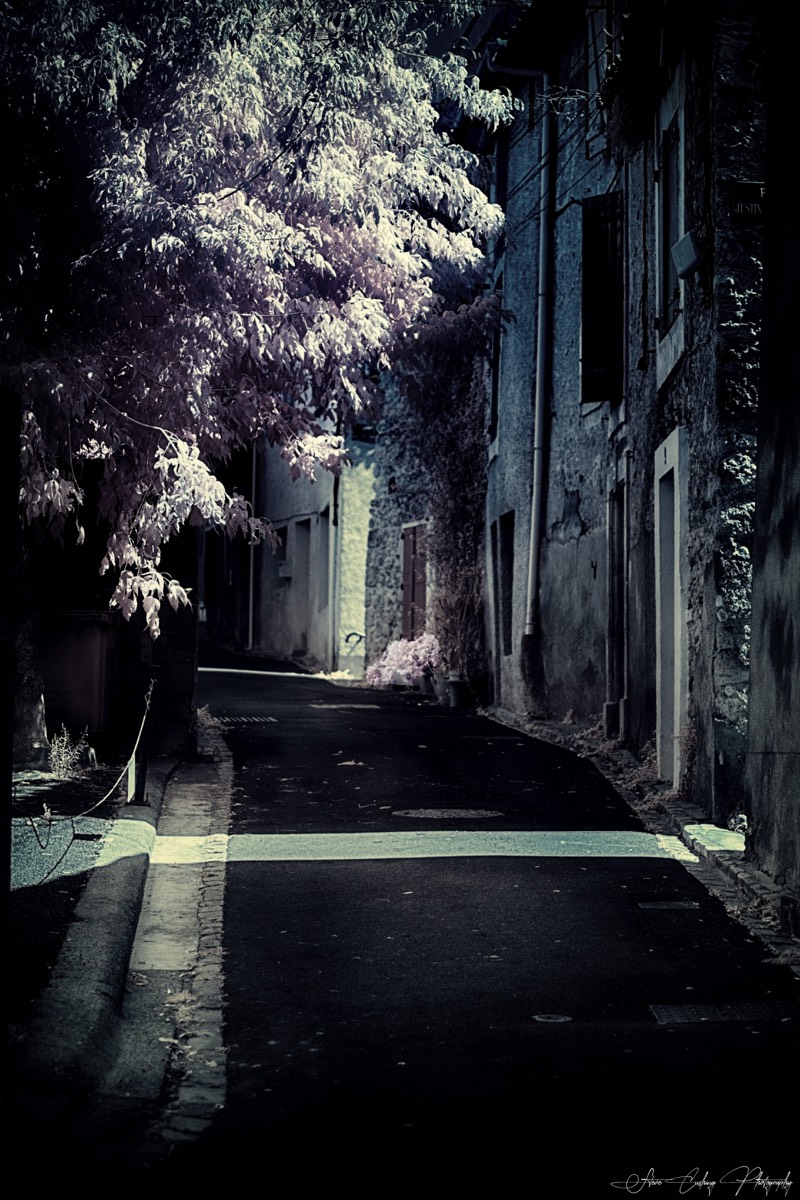
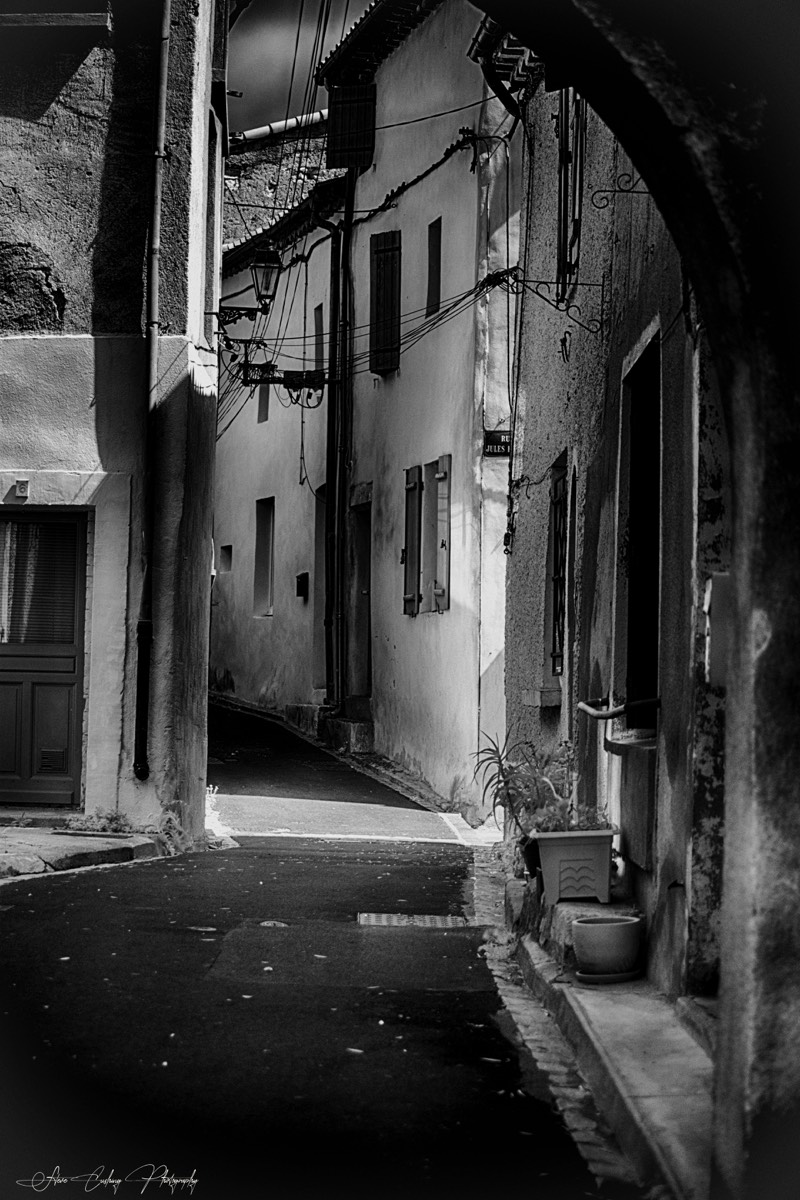
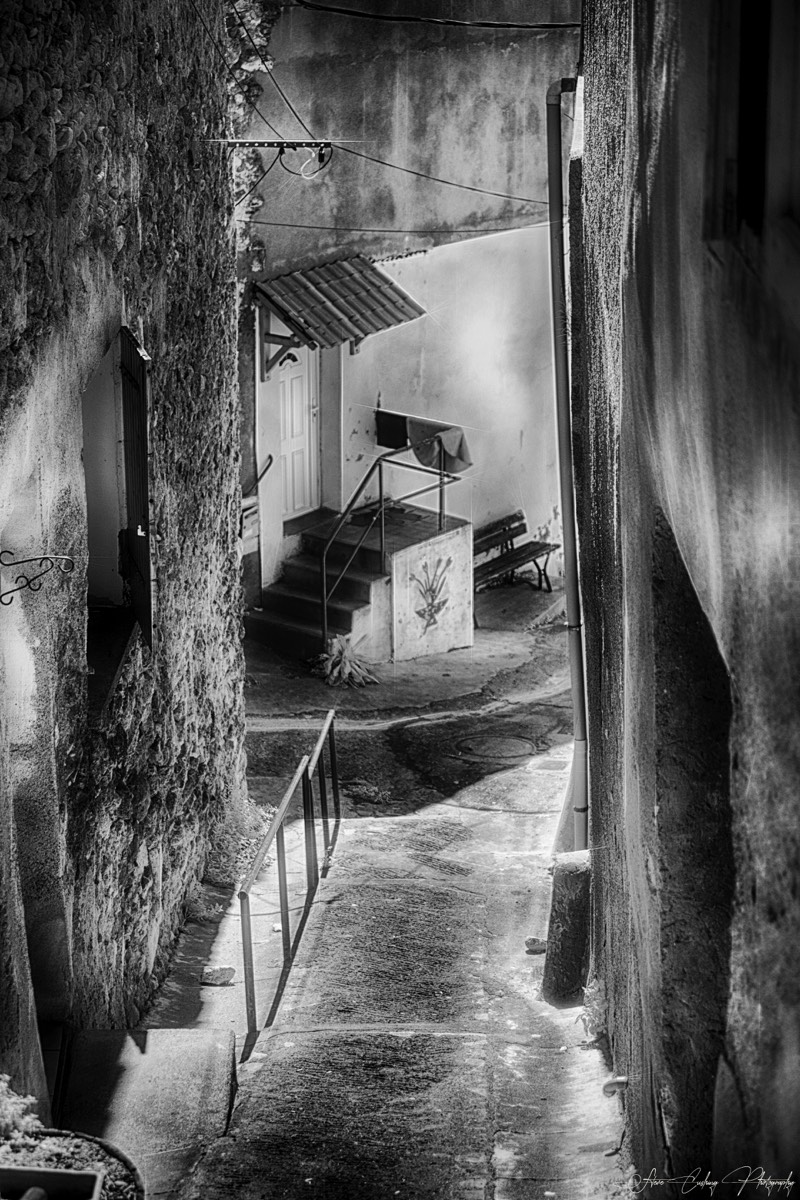
Site Search
- Images France
- Adissan Images
- Agde Images
- Aigne Images
- Aigues-Mortes
- Aigues-Vives
- Albi Images
- Arles Images
- Aumes Copy
- Bardou
- Bédarieux
- Bédarieux Stereo
- Beziers
- Boussagues
- Boussagues Stereo
- Brenas
- Cabreroles
- Cabretolles
- Camplong
- Carcassonne
- Caroux Stereo
- Castelnau-de-Guers
- Caussiniojouls
- Caux
- Cazouls-d'Hérault
- Celles
- Cirque de Mourèze
- Cirque Mourèze Stereo
- Clermont-lʼHérault
- Colombieres-sur-Orb
- Château de Mourcairol
- Château Grézan
- Colombieres Stereo
- Colombièrs-Le-Haut
- Cruzy
- Douch
- Estaussan
- Fabrezan
- Faugeres
- Faugeres Stereo
- FOS
- FOS Stereo
- Frontignan
- Gabion
- Gorges d'Heric
- Gorges d'Heric Stereo
- Graissessac
- Herepian
- Herepian Cycling
- Herepian Rally
- Herepian Stereo
- La-Couvertoirade
- Lagrasse
- Lamalou-les-Bains
- Les Pradal
- Libeil
- Lodève
- Madale de Rosis Stereo
- Minerve
- Minerve Stereo
- Mons-la-Trivalle
- Montagnac
- Montlaur
- Montpellier
- Murviel-lès-Béziers
- Music Prieuré StJulien
- Narbonne
- Nézignan-l’Evêque
- Nizas
- Olargues
- Olargues Stereo
- Passa Pais
- Passa Pais Stereo
- Péret Images
- Peyre
- Pezanas
- Pézènes Stereo
- Pézènes-les-Mines
- Quarante
- Roquebrun
- Saint-Julien
- St-Geniès-de-Fontedit
- St-Gervais-sur-Mare
- St Guilhem le Desert
- St-Martin-de-l'Arçon
- St-Martin-de-Londres
- St-Martin-de-Londr 3D
- St-Naxaire-de-Ladaraz
- St-Pons-de-Mauchiens
- St-Thibéry
- Salasc
- Sète
- Vieussan
- Vieussan Stereo
- Villeneuvette
- Villemagne-l'Argentaire
- Villemagne Stereo
- Voulte
- Technical Website
- Cushing Tree